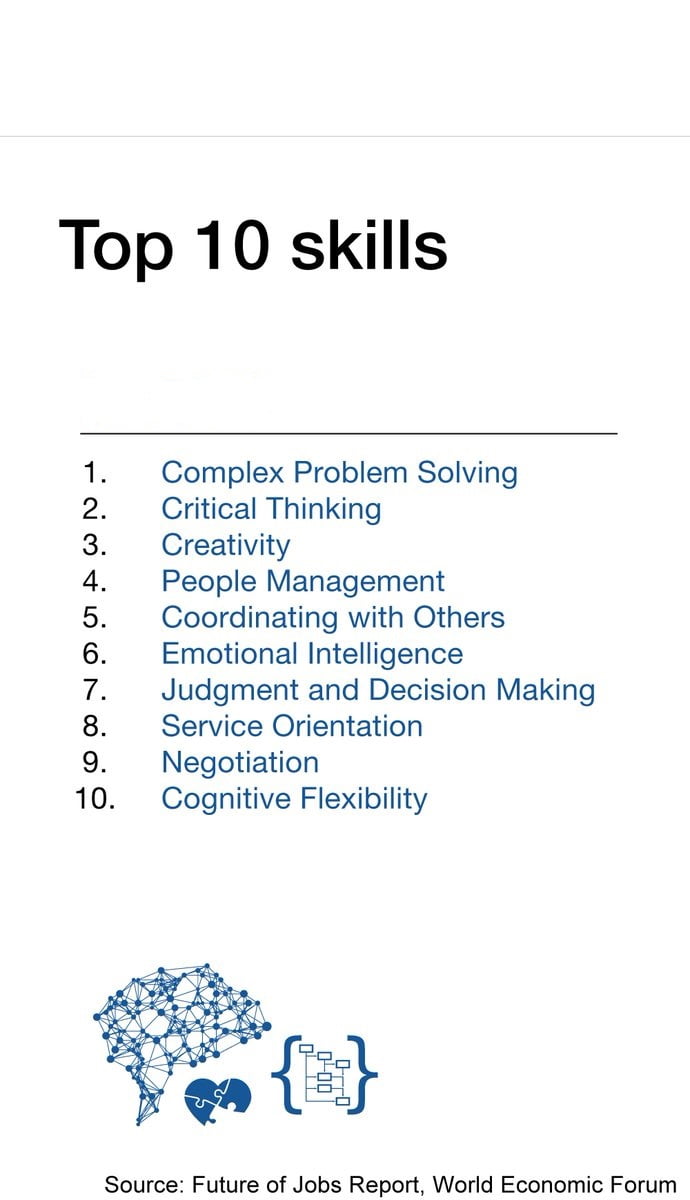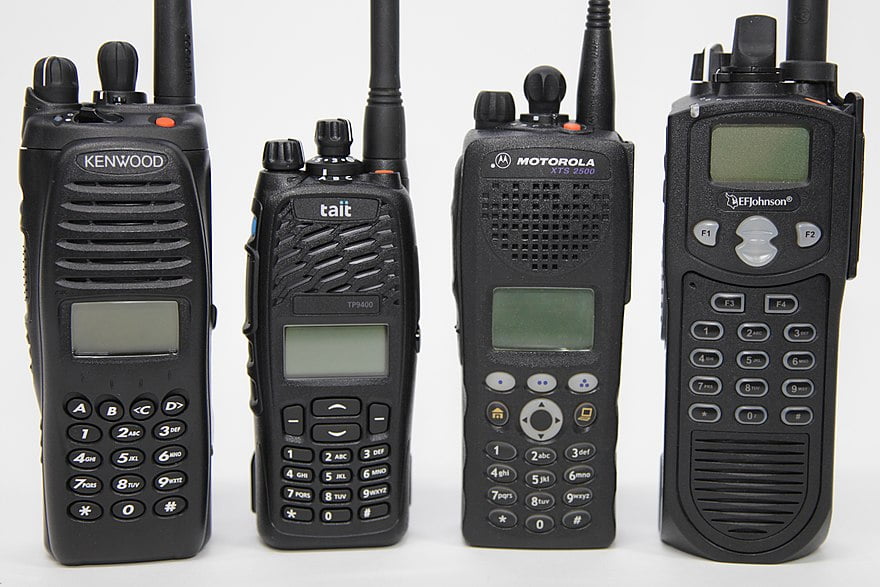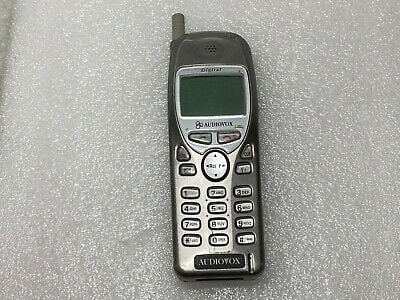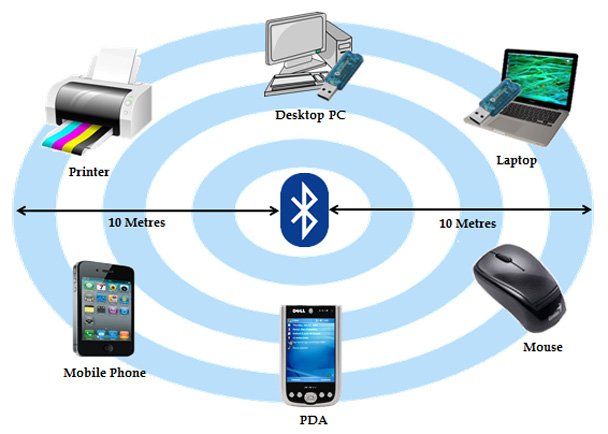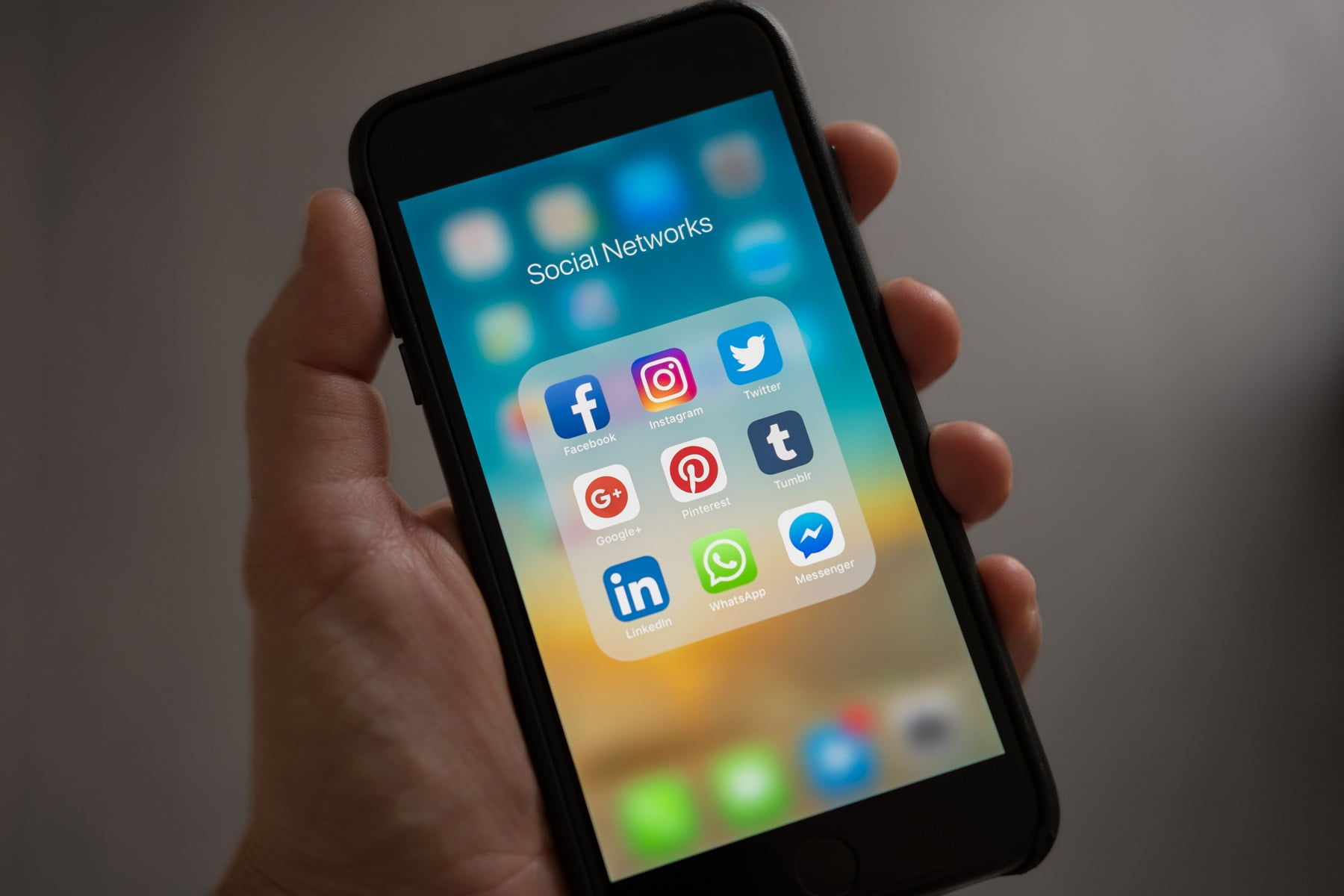best Fiber Optics
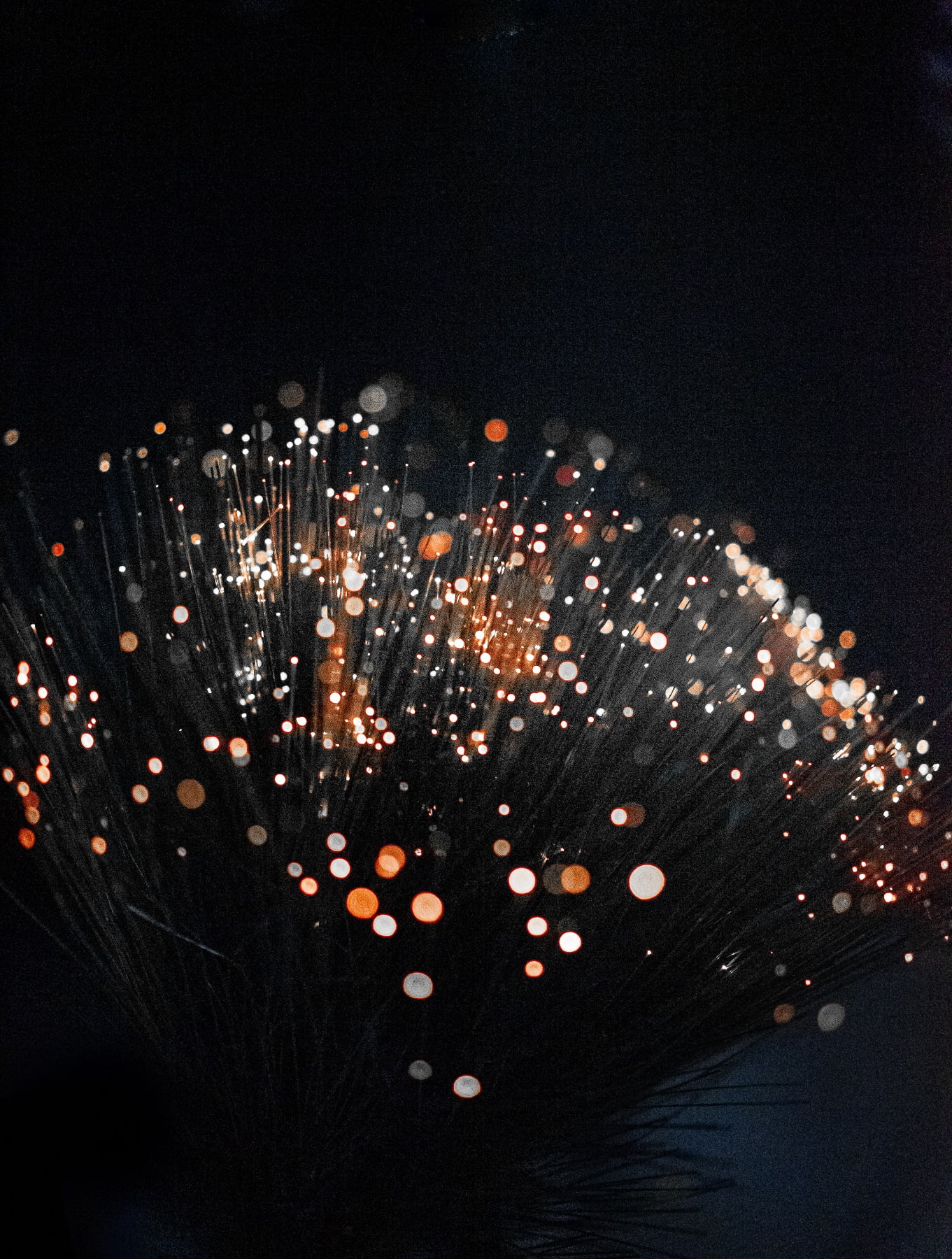
Fiber Optics
Fiber Optics With the need for more bandwidth needed for communication signal transmission, fiber optics technology has risen up to answer to even the highest of demands.
This technology seems to be the future of communication infrastructure and systems. The theory behind its function is just ideal for one’s high requirements and for any future expansions that may be in place.
The recent generation has truly benefited from information technology and infrastructures that make life easier for almost all people
– whether they be students, professionals, government employees, or mere individuals just letting life pass by. The benefits of having information available at one’s
Fiber Optics
Fiber Optics With the need for more bandwidth needed for communication signal transmission, fiber optics technology has risen up to answer to even the highest of demands.
This technology seems to be the future of communication infrastructure and systems. The theory behind its function is just ideal for one’s high requirements and for any future expansions that may be in place.
The recent generation has truly benefited from information technology and infrastructures that make life easier for almost all people
– whether they be students, professionals, government employees, or mere individuals just letting life pass by. The benefits of having information available at one’s
fingertips and the advantages of being able to communicate from even across the globe is of outstanding effect to how an individual will be able to fully live his life, and of course comes with it, the unlimited opportunities presented to one for being connected.
Being connected means having access to the World Wide Web or the Internet. The Internet is a complex network of computer servers and clients,
which operates on certain communication protocols and standards. The infrastructure behind it, is much the same infrastructure that fiber optics are strongly gaining ground.
Currently, various industries have switched from copper wire network systems to fiber optics. Schools, telephone companies, television firms,
industrial plants and many others have started seeing the value of fiber optics to their existing and perhaps future needs of efficient information and communication systems.
The applications of fiber optics are endless, and the technology behind these works very well in meeting especially those of big industries and
commercial companies. If these companies value efficient and effective communication systems, providing near real time and faster speeds of communication signal transfer, investing on fiber optics would be one worthy of consideration.
With fiber optics, the investment may be quite expensive, especially with the installation and set-up costs that would include all the necessary
components as transmitters, receivers, optical regenerator, etc. In the long run however, this may prove to be a wise investment, especially with your expansion options, and fiber optics’ capability to handle large bandwidth needs.
New technologies and innovative one’s at that, have greatly affected the way we live – whether we know it or not. The way businesses are done have also changed,
even the way relationships are made have also evolved. Fiber optics has come in, in line with this evolution. One only has to be creative to make full use of the opportunities this fiber optics brings.
Data Fiber Optics – Light Speed Transmission
Why settle for slow speed, high electricity costs and a technology invented a hundreds years ago if you can have the latest in data transmission at less the cost and many times the speed?
With the use of glass or plastic threads to transmit data the fiber optics is an upcoming technology. A bundle of glass threads capable of transmitting messages that are transformed into light waves is what makes the data fiber optics.
Sharing a variety of technical details in the flowing article, I hope to make you have a better understanding of the subject of fiber optics.
The functions will be demonstrated by explaining how the technology uses light energy to provide information and data to a variety of sources.
Engineering Science
Part of applied science consists of data fiber optics and the engineering behind it is comprised of the science and technology of transmitting data or energy.
The basic fundamentals of fiber optics are defined through scientific processes and mathematical equations that fall closely under the realm of physics where you will find that the actual flow of the data can easily be put into observable and replicable systems.
So even though most people do not understand “light” is can be show to them though scientific methods.
Data fiber optics or optic fibers are often used in the field of imaging optics, sensors, telecommunications, and lighting in general. This is mainly due to the data transmission speed and the fact that it doesn’t require electrical impulses to move the data.
It is causing the need for electrical power in terms of data transmission to become nearly obsolete because the light transmits energy faster and cleaner than any other know technology.
Telecommunications and Data Fiber Optics
For you to fully understand the implications on technology by using fiber optics, we need to understand how it works in terms of telecommunications.
By conducting signals over distance for communication purposes telecommunications was born.
Telecommunications are widespread and there are many devices that assist in the spread of this communication, such as the radio, the fax machine and the television. One of the heavy factors in these mediums is the Data fiber optics technology.
A telecommunications system’s basic fundamentals are the transmitter, the receiver and the transmission medium. A transmitter is an electronic device that sends
an electromagnetic signal with the aid of an antenna, essentially taking information and converting it to a signal for transmission which passes it on to the transmission medium.
A receiver is, of course, the receiving end of the communication channel. The transmission medium is the material or device over which the signal is transmitted.
By serving as an effective transmitter of information the data fiber optics plays in the telecommunications process. Using light energy sent through glass has
changed the way the world communicates and has revolutionized the process of telecommunications from this day and into the future.
Data Fiber Optics – Light Speed Transmission
Why settle for slow speed, high electricity costs and a technology invented a hundreds years ago if you can have the latest in data transmission at less the cost and many times the speed?
With the use of glass or plastic threads to transmit data the fiber optics is an upcoming technology. A bundle of glass threads capable of transmitting messages that are transformed into light waves is what makes the data fiber optics.
Sharing a variety of technical details in the flowing article, I hope to make you have a better understanding of the subject of fiber optics. The functions will be demonstrated by explaining how the technology uses light energy to provide information and data to a variety of sources.
Engineering Science
Part of applied science consists of data fiber optics and the engineering behind it is comprised of the science and technology of transmitting data or energy.
The basic fundamentals of fiber optics are defined through scientific processes and mathematical equations that fall closely under the realm of physics where you will find that the actual flow of the data can easily be put into observable and replicable systems. So even though most people do not understand “light” is can be show to them though scientific methods.
Data fiber optics or optic fibers are often used in the field of imaging optics, sensors, telecommunications, and lighting in general. This is mainly due to the data transmission speed and the fact that it doesn’t require electrical impulses to move the data.
It is causing the need for electrical power in terms of data transmission to become nearly obsolete because the light transmits energy faster and cleaner than any other know technology.
Telecommunications and Data Fiber Optics
For you to fully understand the implications on technology by using fiber optics, we need to understand how it works in terms of telecommunications.
By conducting signals over distance for communication purposes telecommunications was born. Telecommunications are widespread and there are
many devices that assist in the spread of this communication, such as the radio, the fax machine and the television. One of the heavy factors in these mediums is the Data fiber optics technology.
A telecommunications system’s basic fundamentals are the transmitter, the receiver and the transmission medium. A transmitter is an electronic device that sends
an electromagnetic signal with the aid of an antenna, essentially taking information and converting it to a signal for transmission which passes it on to the transmission medium.
A receiver is, of course, the receiving end of the communication channel. The transmission medium is the material or device over which the signal is transmitted.
By serving as an effective transmitter of information the data fiber optics plays in the telecommunications process. Using light energy sent
through glass has changed the way the world communicates and has revolutionized the process of telecommunications from this day and into the future.
Employment in Fiber Optics
Fiber optics is not just an ordinary technology available for human consumption. It is also a wealth of employment opportunities.
Many individuals who are undergoing training in fiber optics technology because the compensation anyone gets from fiber technology contract are great.
Employment in fiber optics technology is geared for those who are adept or those who have developed expertise in the fiber optics arena.
Technicians, engineers, contractors and support staff have benefited from the income-generating opportunities of employment in fiber optics.
Fiber optics training courses are now available even online so that those who are interested in acquiring a skill in fiber optics technology can prepare themselves for future employment in fiber optics. Courses include training in splicing the delicate fiber optics.
Once a trainee has honed his or her skill in this field he or she can now apply for a positioning one of the many fiber optics contractors and installation companies. Another training course offered is the rudiments of installing fiber cables.
The myriads of available employment in fiber optics industry only encompass the extent of the value of fiber optics in this time. There is never a drought of available opportunities in this industry.
One example of a possible employment is by being a fiber optic lineman. This position is responsible in the securing fiber optics installation requirements and making sure that the procedure is following the strictest standards.
A good background in fiber optics is must for those who want to get this position. Training and actual experience is always needed to prove that those who apply for the post are really capable of doing the job.
If one has a good background and experience in fiber optics technology, and has enough resources she or he can start a contracting business in fiber optics installation.
Contracting fiber optics installation jobs is a very lucrative business. It is no surprise why more and more companies are being put up to cater to the increasing demand on the one hand and to grab the opportunity of a profitable business on the other.
Many telecommunication companies are now in search of qualified personnel who can handle the company’s needs addressing their own fiber optics technology concerns. Expertise in the field is what they are looking from those aspiring for the job.
Makers of animated fiber optics toys and decors are enjoying the benefit of available jobs in the fiber optics craze.
This may not need actual training in fiber optics, because some can work in assembly lines not necessarily doing the actual process of producing strands of fiber optics.
Fiber optics nowadays does not only mean technology, it could be technology too.
Pictures of Fiber Optics
You have been hearing so many things about fiber optics. For one, fiber optics is lauded as the technology of today’s people.
So many words have been said praising fiber optics because of its proven use. But do you ever wonder how fiber optics looks like? Do you have pictures of fiber optics in mind?
If you want a grasp of the pictures of fiber optics, just imagine a bundle of drinking straws. Hold them together and get a flashlight and let the light pass through those straws.
You will see light reaches towards the other end of the straws. Fiber optics works in more complex way than that but at least it will give you an idea of pictures of fiber optics.
Fiber optics is technology that makes use of light waves in transmitting data from the sender’s point to the receiver’s point.
This data passes though the inner path of fiber optics, the core. The light that traverses through the inside channel refracts from one angle to the other, which is commonly known in fiber optics technology as the total internal refraction.
The total internal refraction mechanism is achieved because another layer, the cladding, which gives a mirror-like property, wraps the core.
The cladding does not absorb the light that is passed through the core, thus allowing the possibility of letting the light reaches the receiving end.
However, at a certain point and distance, the amount of light that reaches towards the end decreases, thus the quality of the message sent is affected. In this case a dopant is used to amplify the amount of light passing through the core. This perhaps gives you clearer pictures of fiber optics and how it works.
Fiber optics technology is more preferred today, as the leading medium in transmitting data as opposed to the use of coaxial cable made of copper wires.
Fiber optics can send clear messages in great distance because of ties higher bandwidth compared to the old coaxial cable. Pictures of fiber optics are represented in the many cables that you can see in those telephone connections all around.
Computer networking today is now utilizing fiber optics technology. It is no wonder then, if the time will come that almost everything is using fiber optics.
Photographs of fiber optics can be downloaded from the Internet. Almost all uses of fiber optics in any industry, images of fiber optics are captured,
but the most common image of fiber optics is the bundle of fiber made of glass or plastic that illuminate at the end. Those same fibers are the same material used in decorative vases displayed in living rooms.
That is the beauty of fiber optics, a clear picture of great technology.
Fiber and Optics Unveiled
The world wouldn’t be what it is now if it were not for fiber optics that has made advancements on the different fields and industries.
Almost every facet of our lives have been affected by the innovations brought about by this technology.
Mankind owes a lot to the fiber optics technology that has brought wonders to us now, and perhaps some more in the future.
What’s in a name? Fiber Optics – Fiber and Optics – Let us understand the meaning of the name behind such an awesome technology.
Fiber and Optics Revisited
Fiber in Fiber Optics – This word refers to the thin strands of pure transparent glass or at times of plastic composition that guides the light that passes through.
This is commonly referred to as the core in the realm of fiber optics.
This can either be of single-mode or multi-mode classification. A single-mode fiber has a smaller core at around 9 microns and can be used for telecommunications and CATV applications.
It allows for light travel at long distances at very high rates of speed. The multi-mode fiber has a bigger core at around 50 microns to around 62 microns.
This is applicable for short distances with lower speed networks. Also, lasers are used for single-mode fibers, and LEDs are used for multi-mode fibers.
Optics in Fiber Optics – The word Optics is defined as a branch of physics that deals with the generation,
transmission, and detection of electromagnetic radiation in the wavelength range between those of microwaves and those of x-rays. This range is called the optical spectrum.
In general terms, optics is the science of light and vision. With this comes the principles of refraction, diffraction, dispersion, interference and propagation of light. A major point in the history of optics is the development of lasers.
Fiber and Optics Rediscovered
Fiber and optics, with their individual theories and applications, combined to make the fiber optics technology work. With their merging and integration, fiber optics has become what it is today because of these two concepts.
Fiber and Optics Demystified
The name fiber optics can be decoded to individual and separate words – and with the theories behind each, hold the key to unveiling the concepts behind fiber optics.
Dissecting the words would lead one to a better understanding of the name and the technology that has more than created wonders to the world.
The name behind the technology definitely makes sense. It stands behind principles that support the operations of fiber optics technology.
fiber optics,fiber optics internet,fiber optics fallout 4,fiber optic cable,fiber optics fallout 76,fiber optics christmas tree,fiber optics posses following properties,
fiber optics jobs,fiber optics in my area,fiber optics definition,epb fiber optics,fallout 4 fiber optics,who invented fiber optics,how does fiber optics work,
kitco fiber optics,father of fiber optics,fallout 76 fiber optics,cincinnati bell fiber optics,at&t fiber optics,industrial fiber optics,
